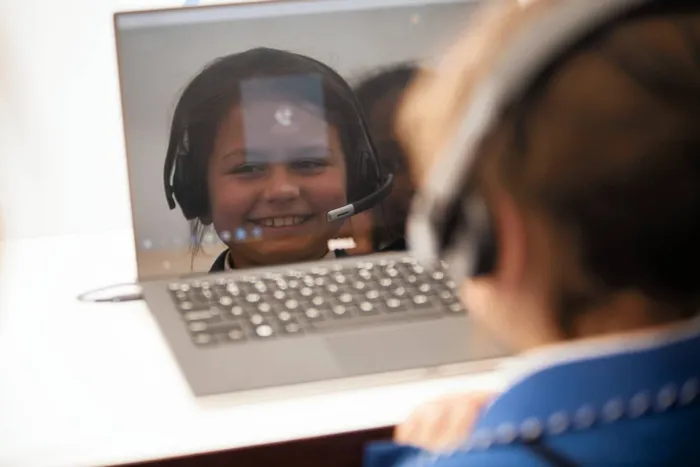Technology and teachers a winning combo?

Digital approaches to schooling may be the solution we need, says the writer. But we need competent teachers too. Picture: Supplied Digital approaches to schooling may be the solution we need, says the writer. But we need competent teachers too. Picture: Supplied
Cape Town - The theme of the SABC Education EduWeek held at Gallagher Estate last week was advancing educational knowledge, and a major point of discussion was the role of technology in doing that.
Read also: Technology challenges teaching methods
A question many asked was: “Can the use of technology save education in this country?”
Advances in technology, particularly in the area of communication via mobile devices, have opened many possibilities for the use of technology to enhance teaching and learning in schools.
The pilot project in Gauteng that saw tablet devices distributed to thousands of pupils and the call by Gauteng MEC of Education Panyaza Lesufi for a “paperless” classroom represent moves in that direction, although the jury is out as far as the success of that particular exercise is concerned.
The consensus seemed to be that technology certainly can be the saviour of our schools, and that widespread use of technology in the classroom is, eventually, essential and inevitable.
There are, however, challenges, particularly in the South African context. Among the most obvious of these is that in the face of the dire need for basic infrastructure such as classrooms, proper plumbing and furniture, it is difficult to justify the expense required to introduce technology.
It is also clear that electronic versions of textbooks are not going to make a difference, and that the dumping of mobile devices in schools is not going to solve anything. What is required is a re-working of the schooling model, and the key to that is to empower teachers to become familiar with the technology, and then to show them how best to use that to enhance the learning process.
In the wake of that pilot project, which featured Android devices and different educational software, Microsoft in Education has become involved in the roll out of technology into schools, concentrating in the main on empowering teachers.
Claudia Johnston, education sector lead at Microsoft South Africa, stresses that no effective teaching and learning can take place without the presence of competent, dedicated teachers in the classroom.
Microsoft in Education’s current focus is on empowering the teachers. Johnston explains that part of the problem is that there are many teachers who are not qualified in the subjects they are teaching, and there is a definite shortage of “top” teachers in the scientific fields. “Technology can help in these areas. It cannot create enough new, competent teachers, but it can complement what we have and it can mitigate the risks,” she says.
So, her team are involved in teacher development, along with their partners. They are working with the Gauteng Department of Education in teacher development, at the department’s teacher skills upgrade centres – the Matthew Goniwe Institute in particular.
“We also work with principals and school management teams because they play a vital role in implementing new methodologies.”
Microsoft has also been working with the teacher unions, encouraging them to make upskilling in technology a part of all their training initiatives.
“It’s not just in the classroom that technology can make a difference,” Johnston says. “You will find that those non-functioning schools will usually have problems with their administrative systems as well.”
This is clearly an area where efficient IT systems can help, so Microsoft is involved in rolling out those to schools as well. “The big advance in recent years has been the introduction of cloud computing, which removes the need for physical record-keeping and which doesn’t require conscious backing up of data,” Johnson says.
A major challenge in the South African context is, of course, internet connectivity. “Data is prohibitively expensive and 3G signals are patchy,” Johnson says. “So we are working with the major operators, trying to get them to drop costs.”
The TV White Spaces project, which Microsoft SA pioneered, will utilise the unused bandwidth in the DStv spectrum for internet connections for schools. This has unfortunately stalled over bureaucratic issues. The regulatory authorities have has been the problem but, Johnston says, they are working on that and there is some light at the end of the tunnel.
WEEKEND ARGUS